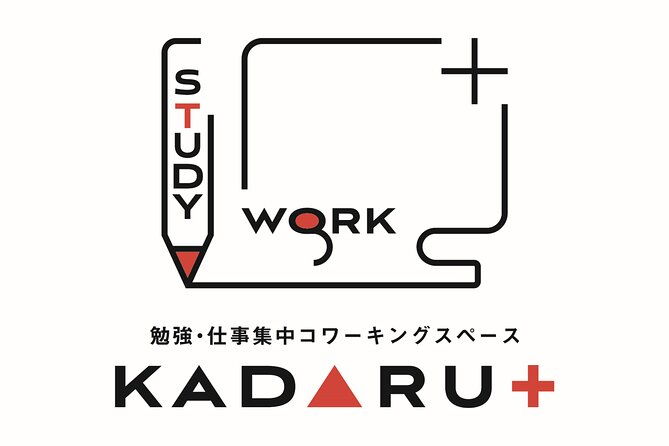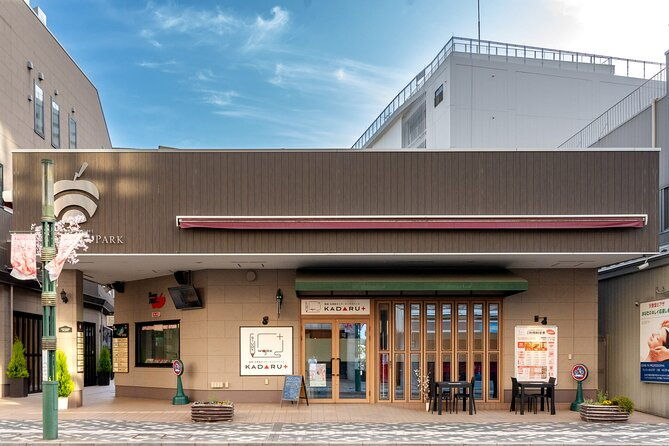Hanafuda is more than just a card game; it’s a vibrant piece of Japanese culture that dates back to the 16th century. Each card showcases stunning illustrations of seasonal flowers and animals, reflecting Japan’s appreciation for nature. Players aim to create point-scoring sets, known as "yaku," making the game both strategic and social. But what makes Hanafuda truly special is its role in family gatherings and celebrations, creating connections that go beyond the game itself. Curious about its history?
Key Points

- Hanafuda is a traditional Japanese card game featuring beautifully illustrated cards representing seasonal themes and nature.
- The game originated in the 16th century, evolving from Portuguese playing cards adapted to Japanese culture.
- Players aim to form sets called "yaku" to score points, combining strategy and luck for engaging gameplay.
- Hanafuda fosters social interaction and storytelling, making it popular during celebrations and family gatherings in Japan.
- To experience Hanafuda in Aomori, visit KADARU+ in Hirosaki where guided sessions are offered, starting at $20.16 per person.
Overview of Hanafuda
Hanafuda, a traditional Japanese card game, offers a unique blend of strategy and culture that attracts players of all ages. Originating from Japan, this captivating game uses a beautifully illustrated deck of cards featuring seasonal flowers and animals.
Players engage in various games, each with different rules and objectives, promoting both competitive spirit and social interaction. Hanafuda‘s popularity extends beyond Japan, with enthusiasts worldwide embracing its charm.
While the game can be played casually or competitively, it encourages players to think critically and adapt their strategies. Overall, Hanafuda remains a cherished pastime that connects generations through its rich cultural heritage.
Looking for more options in Aomori Prefecture? We've reviewed plenty of other experiences.
The History of Hanafuda Cards
Dating back to the 16th century, the history of Hanafuda cards showcases a fascinating evolution influenced by Japan’s cultural exchanges.
Originally derived from Portuguese playing cards, these cards adapted to fit Japanese aesthetics and traditions. Over time, Hanafuda became more than just a game; it served as a cultural symbol, reflecting seasonal themes and natural beauty.
The cards feature vibrant illustrations of flowers, animals, and landscapes, enhancing their appeal. By the 19th century, Hanafuda gained popularity among various social classes, leading to the emergence of numerous game variations.
Today, they remain an enduring part of Japan’s cultural heritage.
How to Play Hanafuda

Playing Hanafuda involves a mix of strategy and luck, making it an engaging experience for players of all skill levels.
Players take turns drawing cards from a central pile and matching them with cards in their hand. The goal is to form sets, called "yaku," which score points.
Each round ends when the draw pile runs out, and players tally their scores based on the sets collected. Understanding the various card combinations and point values is crucial for success.
As players hone their skills, they’ll find themselves enjoying the rich strategies that Hanafuda has to offer, making every game unique.
The Significance of Hanafuda in Japanese Culture
While many traditional games reflect cultural values, Hanafuda stands out in Japan for its deep-rooted significance and historical ties. This card game embodies the spirit of Japanese aesthetics, with its beautifully illustrated cards depicting seasonal themes and nature.
Hanafuda not only fosters social interaction but also serves as a medium for storytelling and cultural expression. It’s often associated with celebrations and family gatherings, promoting a sense of community.
The game’s evolution mirrors Japan’s history, adapting through various eras while maintaining its core essence. As such, Hanafuda remains a cherished part of Japan’s cultural heritage, linking past and present generations.
Where to Experience Hanafuda in Aomori
Have you ever wondered where to learn about the enchanting world of Hanafuda in Aomori?
Travelers can start their journey at KADARU+ in Hirosaki, located at Dotemachi, 31, Community Park B, Gochisou Plaza.
This unique experience features an in-person guide who’ll introduce participants to the game. While Hanafuda cards aren’t for sale, guests can enjoy bottled water during the session.
The location is accessible via public transportation, although it’s not wheelchair accessible.
Prices start at $20.16 per person, and travelers can easily reserve their spot and pay later, enjoying free cancellation up to 24 hours in advance.
- [Aomori Prefecture] Tour the History and Architecture in Towada City, the Art City
- Private Yokocho and Tatehana Market Tour
- Full-Day Jomon World Heritage Site Tour in Hirosaki Area
- Sanriku Reconstruction National Park Trekking and Fishermans Lunch Tour
- A Sea Kayak Tour of Kabushima Island, the Home of 30,000 Black-Tailed Gulls
- Hirosaki Temples and Shrines Historical Tour With Licensed Guide
What to Expect During a Hanafuda Session
During a Hanafuda session, participants can expect an engaging introduction to this traditional Japanese card game.
They’ll learn about the history of Hanafuda and its significance in Japanese culture. The atmosphere is friendly, making it easy for everyone to join in and enjoy the experience.
Here are a few highlights:
- Interactive Gameplay: Participants will play with others, allowing for a fun, social environment.
- Guided Instructions: An experienced guide will explain the rules clearly, ensuring everyone understands how to play.
- Beverages Provided: Bottled water is included, keeping players refreshed during the session.
Tips for Beginners
To get the most out of a Hanafuda session, beginners should focus on understanding the basic rules and card combinations before diving into gameplay.
Familiarizing themselves with the different suits and point values can help players strategize effectively. Practicing with friends or family allows for a comfortable environment to learn without pressure.
Beginners might also benefit from watching experienced players to pick up tips and tricks. Lastly, patience is key; mastering Hanafuda takes time.
Enjoying the process and maintaining a positive attitude will make each session more rewarding, encouraging a deeper appreciation for this beautiful traditional game.
The Future of Hanafuda
As interest in traditional games resurges globally, Hanafuda is poised to experience a revival that could bridge generations.
This beloved card game has the potential to captivate new players through various avenues:
-
Digital Adaptations: Mobile and online versions make Hanafuda accessible to a wider audience.
-
Cultural Events: Festivals and workshops promote Hanafuda, educating attendees about its history and gameplay.
-
Collaborations: Partnerships with popular brands can introduce Hanafuda-themed merchandise, sparking curiosity among younger generations.
With these strategies, Hanafuda mightn’t only survive but thrive, ensuring its place in both traditional and contemporary gaming landscapes.
Frequently Asked Questions
Can Children Participate in Hanafuda Sessions?
Children can participate in the sessions, as most travelers are welcome. The experience provides a fun opportunity for families, though it’s important to ensure they understand the game’s rules and mechanics beforehand.
What Should I Wear to a Hanafuda Experience?
For the experience, they recommend wearing casual, comfortable clothing. Since it’s a relaxed setting, layering can help, especially if the temperature changes. Closed-toe shoes are advisable for ease of movement during the activity.
Are There Any Age Restrictions for Participants?
There aren’t any specific age restrictions for participants. Most travelers can join in, making it a fun experience for families. However, younger children may need assistance from adults during the activity.
Is Food Provided During the Hanafuda Session?
Food isn’t provided during the session, but participants can enjoy bottled water included with their experience. They should consider bringing snacks or meals to enhance their time while engaging in the activity.
How Long Does a Typical Hanafuda Session Last?
A typical session lasts about one to two hours, allowing participants to enjoy the game and learn its intricacies. They’ll engage with the guide, who provides insights and tips throughout the experience.
The Sum Up
To sum it up, Hanafuda isn’t just a card game; it’s a vibrant piece of Japanese culture that brings people together. With its rich history and beautiful artistry, it offers a unique blend of strategy and social interaction. Whether you’re playing at home or experiencing it in Aomori, Hanafuda provides a delightful way to connect with tradition and loved ones. As this game continues to evolve, its charm and significance are sure to endure for generations to come.
More Kayak & Canoe Tours in Aomori Prefecture
More Tours in Aomori Prefecture
- Hirosaki 4hr Private Tour With Government-Licensed Guide
- Public Hachinohe Yakata Boat Inner Harbor Tour
- Hirosaki Temples and Shrines Historical Tour With Licensed Guide
- Goshogawara Full-Day Private Tour With Government-Licensed Guide
- A Sea Kayak Tour of Kabushima Island, the Home of 30,000 Black-Tailed Gulls
- Sanriku Reconstruction National Park Trekking and Fishermans Lunch Tour
